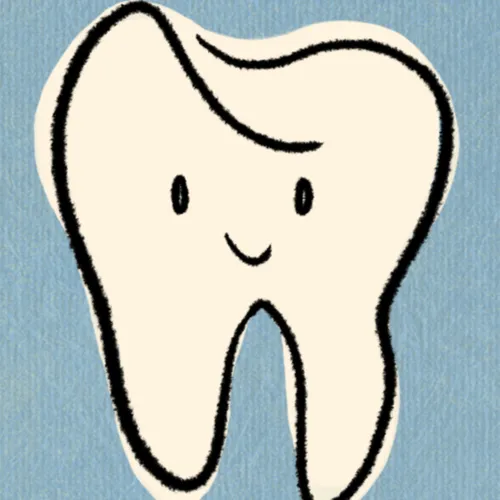Operative: Class IV Prep and Resto Summary
- Author
- Je$$ie
- Published
- Sun 14 Jul 2024
- Episode Link
- https://podcasters.spotify.com/pod/show/jeie/episodes/Operative-Class-IV-Prep-and-Resto-Summary-e2m17pd
Class IV = interproximal lesion of anterior tooth
Incisal edge is involved
Fracture (trauma)
secondary caries
rampant caries
Shade selection:
Clean tooth w/ flour of pumice & view patient at EYE LEVEL
Proper lighting: under multiple light sources. Natural light is best
Environmental factors: remove bright colors from field of view. Bright clothes, make up, gloves, neutral operators walls, etc
Shade selection = made quickly to prevent eye fatigue
made at BEGINNING of appt (tooth hydration) BEFORE RD placement
Polychromatic technique
eshethic restorative materials must blend into natural dentition by stimulating:
color
translucence
form
texture of teeth
RBC come in Many shades and various opacities to match shade and translucency on both enamel and dentin
Combo of optical properties from enamel and dentin provides the final appearance of normal tooth structure
Optical properties are modified by:
age
Thickness of tooth tissue
degree and quality of calcification
Unworn dentition:
dentin provides chroma, opacity, and fluorescence
enamel modifies the appearance of dentin with translucency and opalescence
Based on optical properties, RBCs contain three types of materials:
Dentin-like: simulates dentin’s optical properties
Enamel-like: simulates enamels optical properties
Translucent-like: simulate translucent areas of the teeth
As you get older = more chroma → more dentin as you age
Class IV RBC Field Control
R Dam: first premolar to first premolar (#5-#12)
Place retainer W2A on either #5-#12 and retain other tooth w/ floss
Matrices
Anterior → Mylar strips
Posterior → tofflemire, metal matrix bands, sectional matrix
Bevel of enamel margins:
Facial = 2.0-3.0 mm (esthetic bevel)
lingual = 1.0 mm (partial thickness
gingival = 1.0 mm (partial thickness)
Settings for Bevel:
Fine (red) flame-shaped diamond bur @ FG 100,000 RPM
Blend w. Dark orange SOFLEX disc @ FG slow speed 4,500
Contact
incisally located at HOC of adjacent tooth
1-2mm wide inciso-gingivally
visual contact with adjacent tooth
definitie but not excessive resistance to passage of dental floss
does not shred floss
If contact is slightly open → pat facial RBC into IP area with the brush to close contact
Facial position = reduce with bur
lingually positioned = add composite
Light cure
Filtek Supreme Ultra Universal = 16J to cure 1.5mm increments = ~26.6s
Enamelize
used for final polishing and maintenance of esthetic bonding
polishing paste = aluminum oxide
*** Pits in resto = took too long to cure → contour and cure quickly
